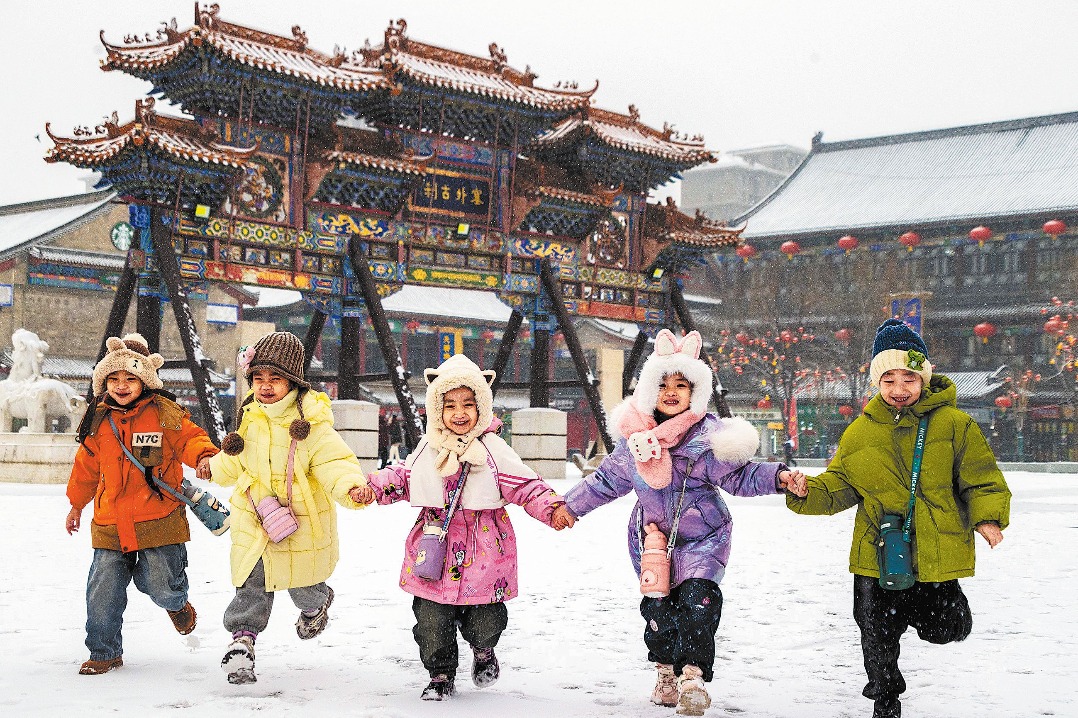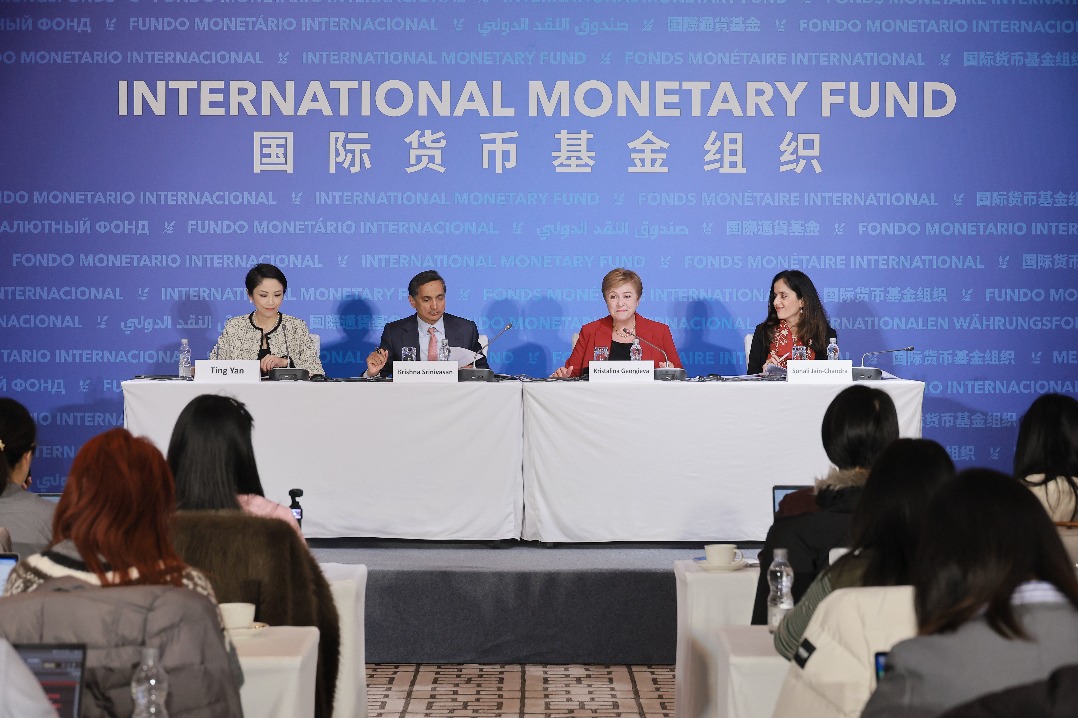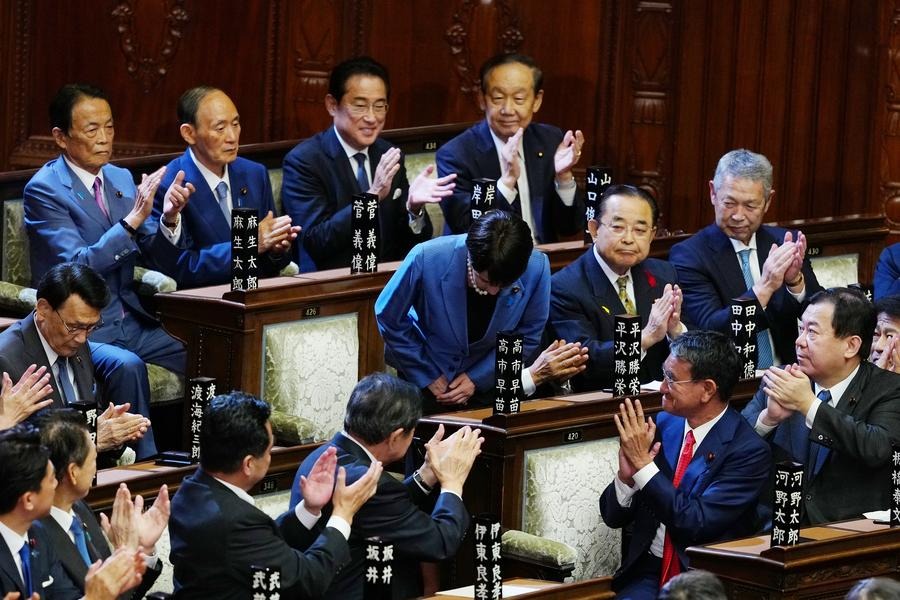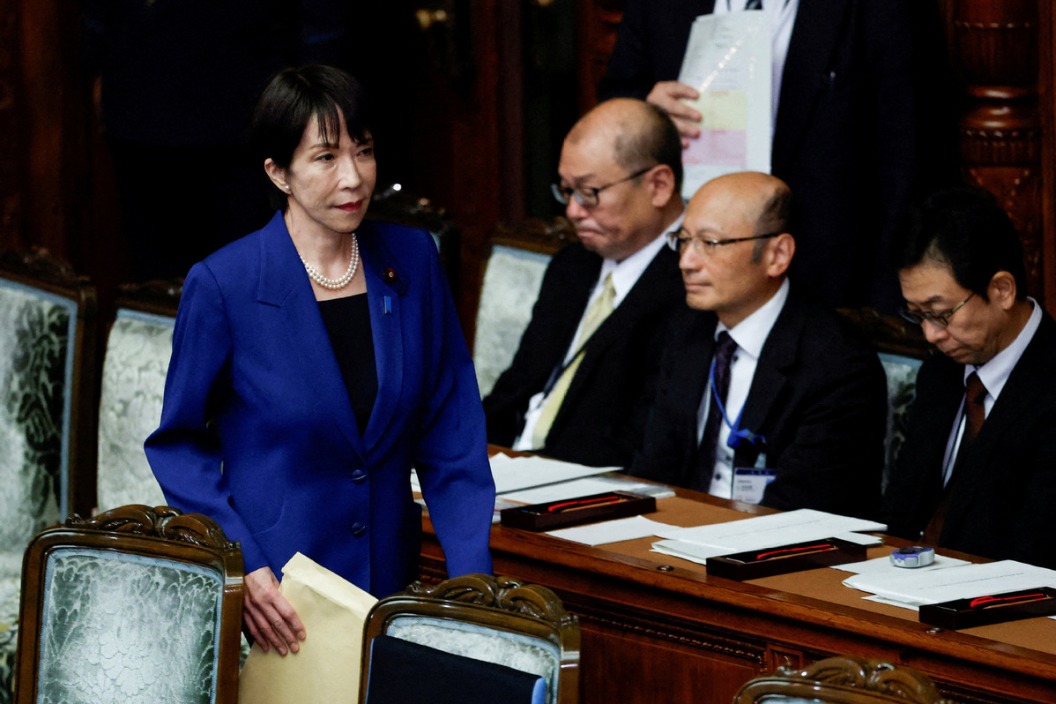BRI: Facts speak louder than words


It shouldn’t have come as a surprise to anyone that the city of Hong Kong, in its capacity as a special administrative region (SAR) of the People’s Republic of China, has a major role to play in the Belt and Road Initiative.
You might even remember that in 2016, during his keynote speech to the city’s Legislative Council, Hong Kong’s then chief executive CY Leung belabored on his intention to set up a Maritime Authority to subsume his city’s maritime logistical plans to jive with the mainland’s economic policy. His palpably enthusiastic embrace of the Initiative was evidenced by the nearly-50 inclusions of the term BRI in his address.
As part of the plan, the Hong Kong West Kowloon Station, designed by award-winning architectural firms to be the terminus of the Hong Kong section of the Guangzhou-Shenzhen Hong Kong Express Rail Link (XRL), has now been completed and is scheduled to open for passenger service on September 23, 2018.
This rail link is part of China’s 21st Century Maritime Silk Road Plan, which together with its better-known cousin “Silk Road Economic Belt,” form the twin components of the nation’s Infrastructural Networks plan, which in turn is the physical foundation of the Belt and Road Initiative (BRI).
As is generally known, the Belt and Road Initiative (BRI) is a strategic imperative designed to bring Eurasian countries closer logistically, economically and culturally. It would enhance and invigorate connectivity and cooperation between nations, which hitherto have been hindered by the lack of infrastructural facilities to make such access economically feasible.
As can be expected, from day one China’s detractors have been trying to castigate the BRI as a diabolical plan by the Chinese to sow the wind of placing a stranglehold over the necks of poorer nations and obligating them to reap the whirlwind of repaying high-interest loans.
That this can hardly be the strategic aim of the Chinese government can be gleaned from the fact that financial institutions such as the AIIB and Silk Road Fund have been emplaced to finance projects approved for participatory applicants with low-interest loans bereft of any political strings.
Taking China’s record of financial interactions with African nations as a guide, it can readily be seen that the interactions between African borrowers and Chinese lenders have always been conducted on a mutually respectful and equal footing, in contrast to the overbearing attitudes and the stringent, intrusive policies of the stakeholders of other lending institutions such as the World Bank and the International Monetary Fund.
The just-concluded China-Africa Conference in Beijing lent further credence to the fact that it is the poorer nations’ decisive judgment that not only is China’s BRI not a threat, it is in fact a godsend to the world – and only the words of previous recipient countries can be deemed significant in any fair determination of validity and creditability.
A perfect example of the feasibility of the BRI and its financial arm -- the AIIB -- is afforded by the intriguing case of the United Kingdom. Yes, after mulling over China’s true intentions, it was the UK, with its proven record of exercising acumen-based political and financial clout in its empire-building history, which put the first stamp of Western approval on the initiative. How? By opting to join the AIIB at its inception, over-ruling its US partner with which it has had a longstanding and trusting relationship.
Thus the Initiative, first unveiled by China’s president in the latter part of 2013 and later buttressed by other high officials, has now completed its first five successful years of implementation, punctuated appropriately by the completion of the West Kowloon Terminus in Kowloon, Hong Kong SAR and its maiden journey scheduled for September 23, 2018.
So veritably speaking, with the nation’s economic ascendency as its foundation, the Initiative has now embarked on a journey toward its destination with a clear trajectory and a bright future.
Wei Chao is a Hong Kong-based Western-educated physician.
The opinions expressed here are those of the writer and do not represent the views of China Daily and China Daily website.


































